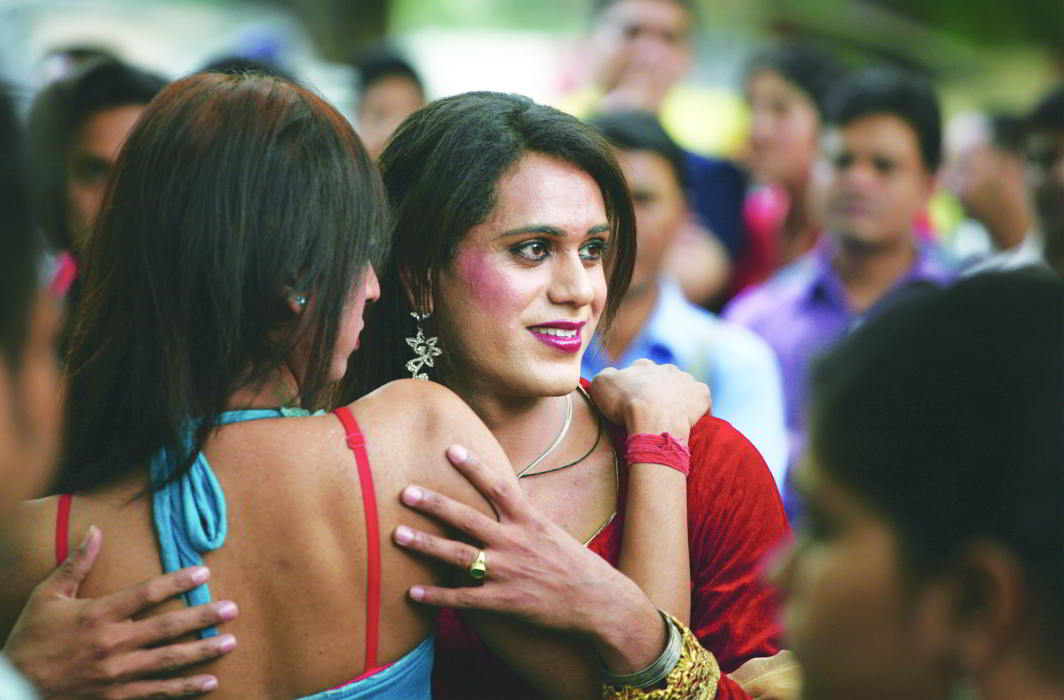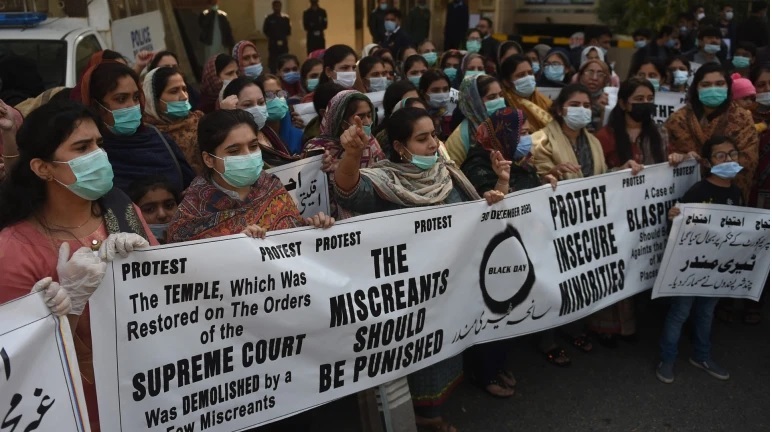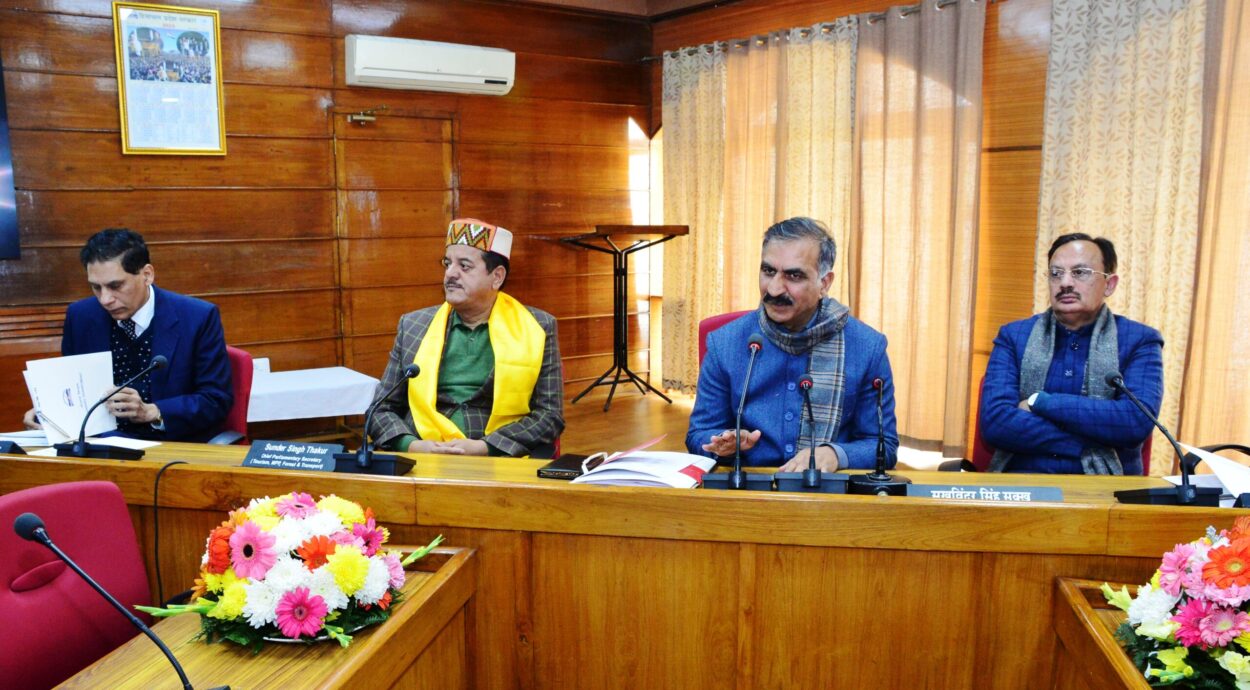Mangalmukhi (Hinjra) Community in India

India’s Trans women community, or Hijra, has been a part of the subcontinent for about as long as civilization has. With a recorded history of over 4,000 years and being mentioned in ancient texts, the Hijra community is a testament to the sexual diversity that is integral yet often forgotten in Indian culture.
|| Akshinta Das
While Indian law recognizes transgender people, including Hijras, as a third gender, other South Asian countries, such as Bangladesh and Pakistan, have recognized only Hijras as the third gender. This is even when the larger LGBT community faces severe legal disadvantages and when same-sex sexual relations is illegal in the country.
The Hijra community has been mentioned in ancient literature, the most known of which is the Kama Sutra, a Hindu text on human sexual behavior written sometime between 400 BCE and 200 CE. Hijra characters hold significant roles in some of the most important texts of Hinduism, including the Mahabharata and the Ramayana. One of the many forms of Shiva, a principal Hindu deity, involves him merging with his wife, Parvati, to become the androgynous Ardhanari, who holds special significance too many in the Hijra community. Hijras held important positions in court and various facets of administration during the Mughal-era India, from the 16th to 19th century. They were also considered to hold religious authority and were sought out for blessings, particularly during religious ceremonies.
However, when the Indian subcontinent came under colonial rule during the 19th century, British authorities sought to eradicate and criminalize the Hijra community through various laws. These laws were later repealed after India attained independence.

In the Indian subcontinent, Hijra are eunuchs, intersex people, asexual or transgender people. Also known as Aravani, Aruvani, Jogappa, the hijra community in India prefer to call themselves Kinnar or Kinner, referring to the mythological beings that excel at song and dance. In Pakistan, they are also called Khawaja Sira, the equivalent of transgender in the Urdu language.
Hijras are officially recognized as third gender in the Indian subcontinent, being considered neither completely male nor female. Hijras have a recorded history in the Indian subcontinent since antiquity, as suggested by the Kama Sutra.
Many live in well-defined and organised all-hijra communities, led by a guru. These communities have consisted over generations of those who are in abject poverty or who have been rejected by or fled their family of origin. Many work as sex workers for survival.
The word “hijra” is a Hindustani word. It has traditionally been translated into English as “eunuch” or “hermaphrodite”, where “the irregularity of the male genitalia is central to the definition”. However, in general hijras have been assigned male at birth, with only a few having been born with intersex variations. Some Hijras undergo an initiation rite into the hijra community called nirvaan, which involves the removal of the penis, scrotum and testicles.
Since the late 20th century, some hijra activists and non-government organizations (NGOs) have lobbied for official recognition of the hijra as a kind of “third sex” or “third gender”, as neither man nor woman. Hijras have successfully gained this recognition in Bangladesh and are eligible for priority in education and certain kinds of low paid jobs. In India, the Supreme Court in April 2014 recognized hijras, transgender people, eunuchs, and intersex people as a ‘third gender’ in law. Nepal, Pakistan, India and Bangladesh have all legally accepted the existence of a third gender, with India, Pakistan and Nepal including an option for them on passports and certain official documents.





